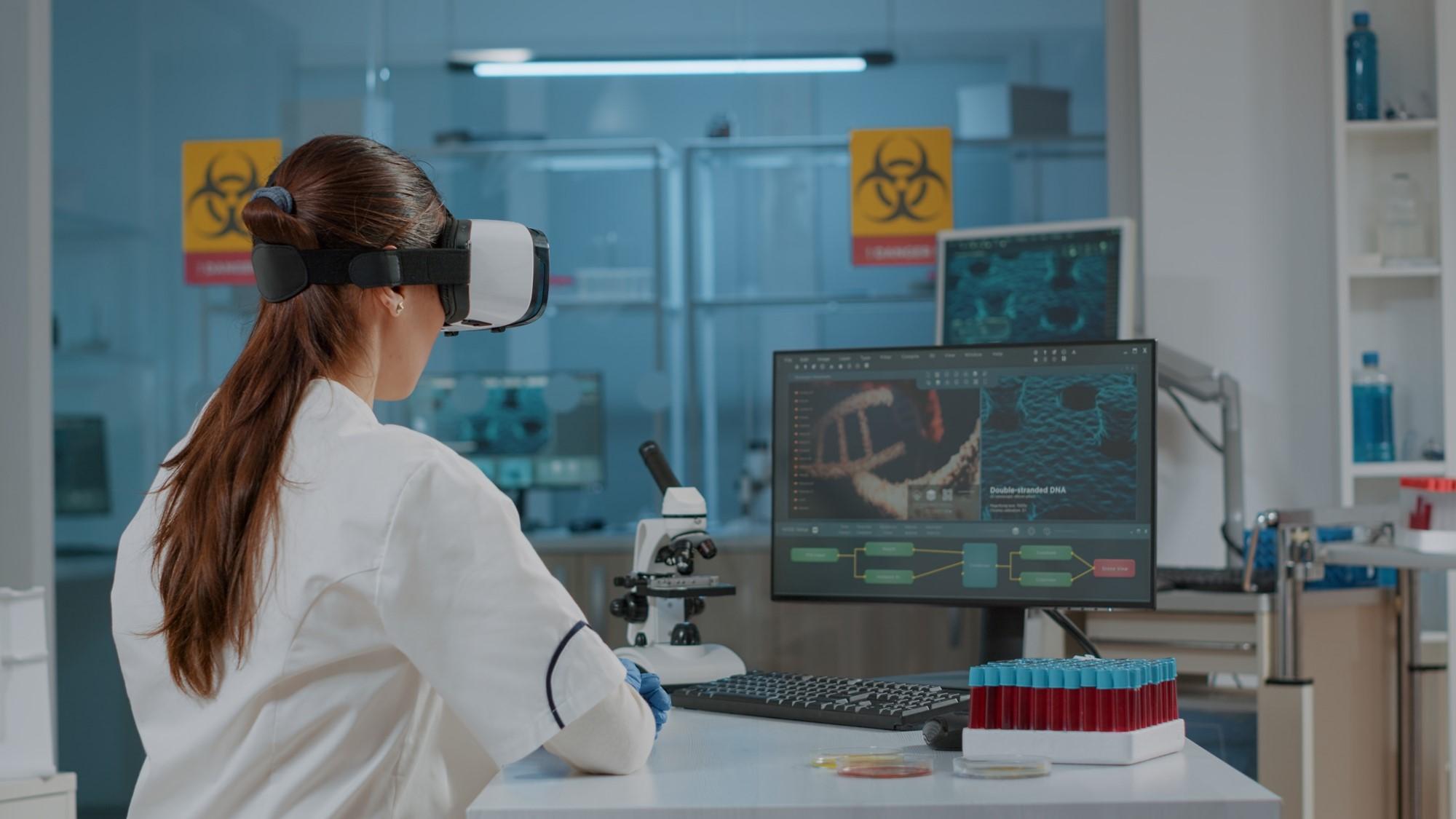Most of us think that Virtual Reality (VR), is only utilised in the entertainment genre. Along with the gaming industry currently, VR is playing a significant role in the medical field, below mentioned are some of the crucial contributions of VR solutions which are transforming the healthcare industry rapidly.
Advancing Autism Therapy
According to Central for disease control and prevention (CDC), Less than 2% of the world population is suffering from autism spectrum disorder. Nearly about 3.5 million Americans are affected by this disease. Currently, there is no cure. However, proper and advanced language and speech therapy can help to enhance the person’s communication abilities and social interactions. As of now, autism therapy involves in-person sessions with the doctor. Many startups are implementing virtual reality to improve the therapy and making it simple so it is convenient for parents to support their offspring from home. VR products can be used in any platform like mobile or pc and can boost social communications with autistic children by encouraging virtual characters in a scene. So, instead of looking at toys on a table, children under the treatment can see a lion in a virtual safari park. So far, the product seems to have a particularly calming effect on children.
Reducing Chronic Pain
Around 30 million Americans are suffering from chronic pain, in which nearly 90% of them are depending on painkillers and other sorts of medication to cope up with the pain. VR can be one of the ways to reduce this pain, as it has been recently discovered that virtual therapy can help reduce pain more than 25%.
It has been proved that virtual reality therapy can block the particular function of the brain from processing pain and can significantly lower the pain in patients. Thus, it reduces the time span patient’s duration in the hospital, which, drastically reduces the medical costs.
Restoring Low Vision
Low vision is a specific type of visual impairment that has affected more than 150 million people globally. It can be both age-related (45 percent of all low-vision cases) and can be caused by an eye-affecting injury, disorder, or disease (i.e. diabetes). Low vision cannot be rectified by surgical methods, medicine or glasses and it drastically damages the patient’s ability to perform day to day activities.
Until now, there was no effective cure for this, the patient had no other choice but to just accept and spend their life with it. Various companies have come with advanced VR solution products which will help the low vision patient to their sight via a VR experience. Recently an experiment at the University of California worked on providing patients with a way to zoom in desired objects in the visual scene also having a complete awareness of surroundings.
Boosting up the recovery process post-traumatic strokes
It is globally realised that until the last decade a patient who survived a stroke initiates rehabilitation, Recently, VR apps enable patients to practice how to move their fingers or lift their arms in a fun fashion with the help of VR technology. Although in reality patients do not carry out the movement, their attention, motivation, and engagement subsequently improved with audio-visual feedback, which could result in speedy recovery of traumatised nervous systems.
Conclusion
From autism and low eye vision to chronic pain, Virtual Reality’s crucial contributions in the healthcare industry are enough to prove that VR will play a critical role in the coming decades. Moreover, it provides a pocket-friendly and easy way for patients to improve their health conditions and regain the stability they have lost due to some accident or other health-related issues.

